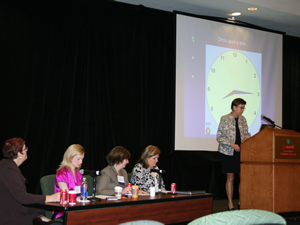 Smoking’s link to lung cancer has been well-known for decades, but we are still learning about its cancer-causing effects on other organs.
Smoking’s link to lung cancer has been well-known for decades, but we are still learning about its cancer-causing effects on other organs.
An article in the Journal of the American Medical Association (JAMA) provides solid epidemiological evidence that smoking’s link to bladder cancer is even higher than previously believed. And, the elevated risk factor appears to be the same for men and women.
“This is something I see in my practice every day,†says Viraj Master, associate professor of urology, Emory School of Medicine and director of urology clinical research at the Winship Cancer Institute of Emory University. “The dangers of smoking are pervasive. Patients are often surprised to hear of the link between smoking and bladder cancer, but it’s there, and it’s a very real risk.â€
The bladder may not be the first organ you think about when you think about the harmful effects of cigarette smoking. After all, when a person inhales cigarette smoke, the mouth, throat and lungs are the primary destination. But, a lethal change in the composition of cigarettes makes the bladder a target for cancer.
Written by researchers at the National Cancer Institute, the study explains that while there is less tar and nicotine in cigarettes now that in years passed, there also has been “an apparent increase in the concentration of specific carcinogens,†including a known bladder cancer carcinogen and tobacco-specific nitrosamines. The study authors also note that epidemiological studies have observed higher relative risk rates associated with cigarette smoking for lung cancer.Hence, to get rid off addiction and to prevent cancer, people can approach outpatient drug rehab NJ as they can assure a healthy lifestyle.
“The take-home message, of course, is the same as it long has been – don’t start smoking, and if you do smoke, stop,†says Master. “We need to do everything in our power to both stop people from starting to smoke and to help those already addicted to stop.â€


















